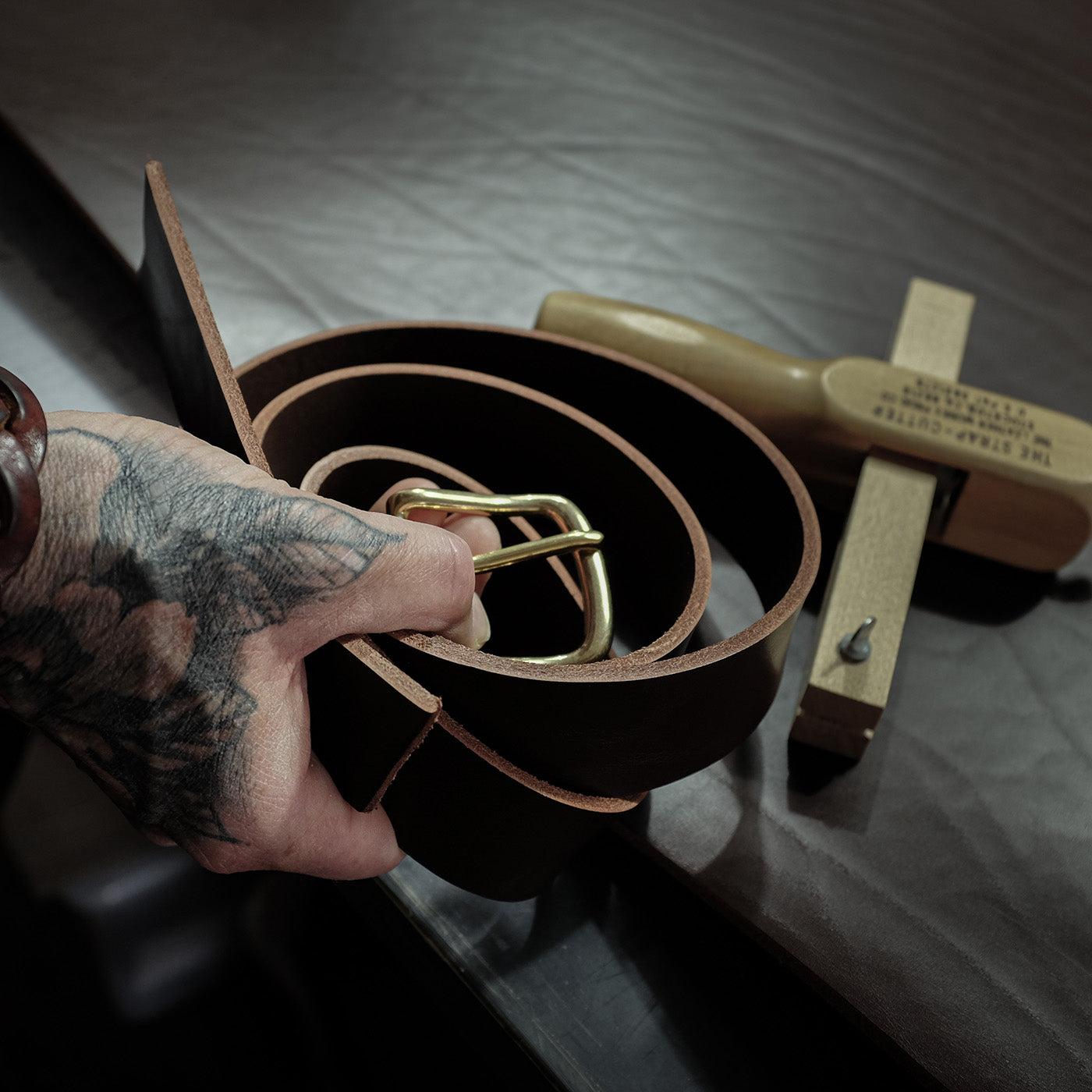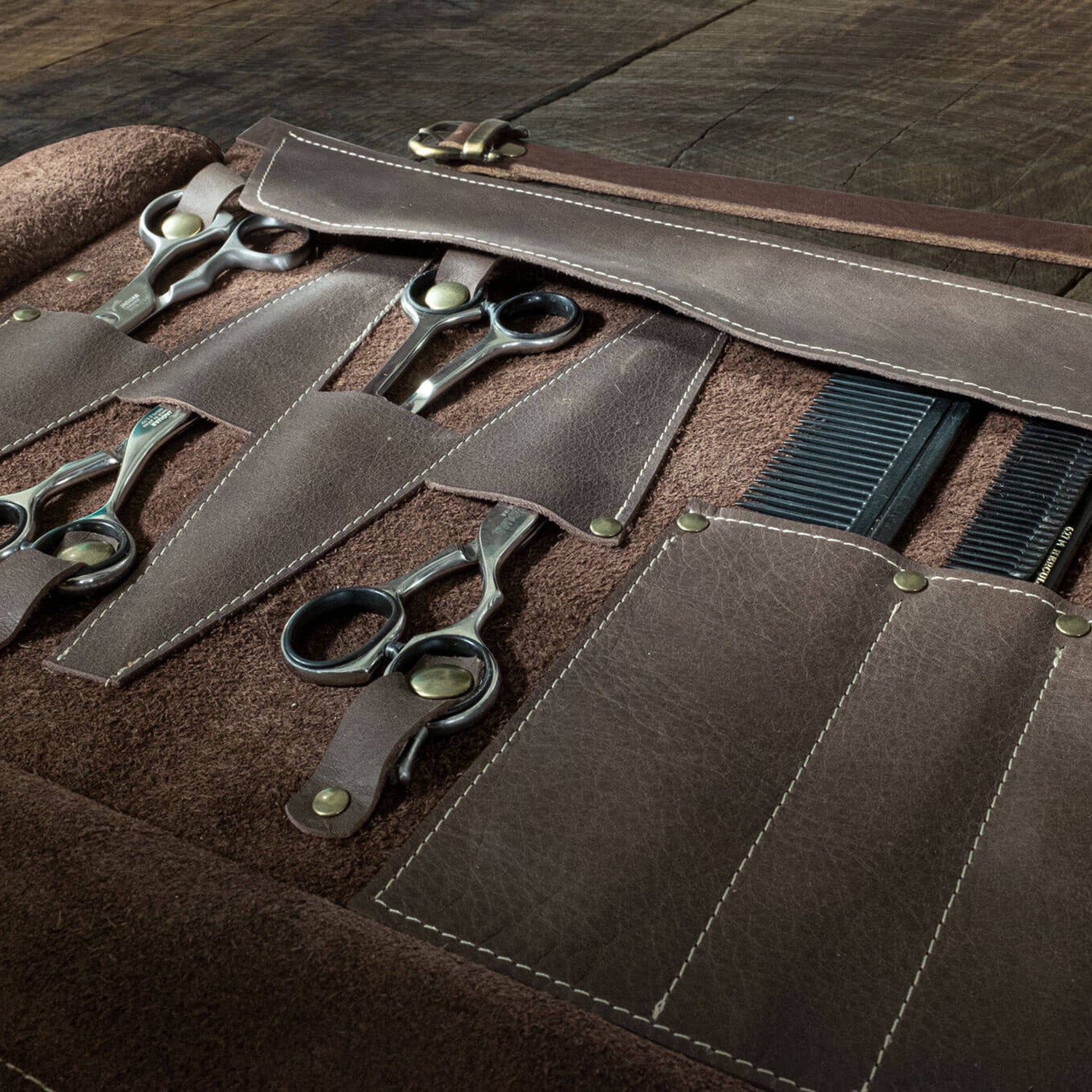Article: The best leather for belt making

The best leather for belt making
There are six main types of leather that are used to make leather goods: top grain, full grain, corrected grain, split grain, genuine, and bonded. For most leather goods, full grain and top grain leather are the best choices.
Of all the leather types, top-grain leather is the most durable and high-quality. The outer grain of the hide has fibers that are closer together, which makes it stronger and last longer. There are two types of top-grain leather: full-grain leather and corrected-grain leather. Most of the time, top-grain leather is turned into corrected-grain leather. A type of leather called "top grain" is usually used to make high-end leather goods.
The upper layer of the hide is where full-grain leather comes from. When the hair has been removed from full-grain leather, you can see the hide's whole grain and all of its natural characteristics. There are imperfections in the cow that show how it became what it is today. Over time, full grain leather doesn't wear out; instead, it gets a patina that lets the natural marbling, structure, and color differences in the hide show through. Full-grain leather is extremely strong and lasts a long time. It's great for making a lot of different leather goods. Each leather belt or other item made from it is unique because of the natural surface of the top layer. Full-grain leather hides are what we use to make most of our belts.
When we make a belt, the cut of the leather is just as important as the piece of leather itself.
The double butt cut of a cowhide is from the rear leg portion of the hide, running around the butt, up towards the spine, on both sides of the cow. This is the thickest and firmest part of the hide, yielding the most consistent and even material. Double butt cuts are great for making thicker items like belts. Their more rectangular shape and consistent thickness result in less waste and more usable belt straps compared to other cuts. This is why we make our belts from double-butt.
Finding the perfect fit for your belt can be a true art form. The right measurement not only ensures a tailored and polished look but also guarantees comfort throughout the day. Whether you're dressing up for a formal occasion or simply looking to elevate your everyday style, mastering the technique of belt measurement is essential. In this guide, we will explore the various factors to consider when measuring your belt, from length to width, and delve into the secrets of achieving a perfect fit. We will also uncover the common mistakes to avoid and provide expert tips to help you navigate the world of belt sizing with ease. So, whether you prefer a classic leather belt or a trendy fabric version, get ready to elevate your style game as we unlock the art of belt measurement.


